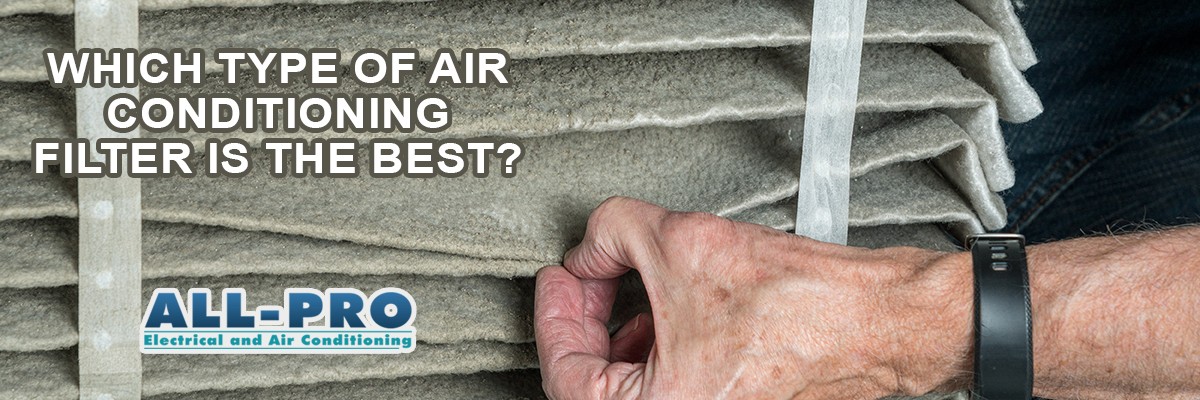Allergies can turn your day into a nightmare of congestion, sniffling and coughing. Typical indoor allergens include mold spores, dust mites, cockroaches, pet dander, pollen from outside and house dust.
Here are 4 ways your HVAC system could be making things worse and how to deal with it.
 Filters
Filters
Typical pleated filters don't catch tiny allergen particles. You'll need HEPA (High Efficiency Particulate Air) filters capable of stopping 99.97% of particles 0.3 microns or larger. To put it into perspective, dog dander is about 2.5 microns and mold spores range from 10 to 30 microns. Keep in mind that HEPA filters affect airflow and the performance of your furnace so you need to discuss this with an HVAC professional before making the change.
Filters must be changed every four months typically but if you're fighting allergies, you need to replace them more frequently. Allergens that build up on the filter can be blown through the ductwork and the longer you leave it, the worse your symptoms will get.
Humidity
High humidity can create the perfect conditions for allergens like mold and dust mites to inhabit your home. Low humidity levels can exacerbate your symptoms by drying out your nasal passage and throat.
If you have a humidifier, have it checked and serviced to ensure that it maintains the right humidity levels in your home. The ideal range is 40-50% in the summer or 30% in the winter. If you have no humidity control at all, you may want to consider adding a humidifier to your home's HVAC system.
Temperature
Certain allergens like dust mites thrive in warm temperatures and poor thermal distribution can create the ideal environment for them to thrive.
Ensure that your HVAC air distribution and controls are in working order to maintain the right temperature in your home. If you have no air conditioning, you lose the benefits of both humidity and temperature control in the summer, which can make you miserable with allergy symptoms.
Ventilation
Ventilation brings in outdoor air to reduce the level of indoor allergens in your home. It helps reduce humidity in key areas like bathrooms and the kitchen and discourages allergens from multiplying. If you have an allergy to pollen or other outdoor allergens, ventilation is still a must. Just ensure that you have the right air filter and this will mitigate the effects of outdoor allergens entering your home.
If you're concerned about your allergies and need to optimize your HVAC system, give us a call and we can help you assess and make modifications so you can breathe easy.
T here was a time when the air outside was more polluted than indoor air.
here was a time when the air outside was more polluted than indoor air.
Nowadays, pollutants can be two to five times more concentrated indoors than outdoors. To compound this problem, most people spend up to 90% of their time inside.
Why indoor air quality (IAQ) matters
The air you breath has a huge impact on your wellbeing. Health issues caused by poor IAQ can be immediate or long term depending on the type and concentration of pollutants. Short term symptoms include sore throat, fatigue or headaches. Long term effects include the development of respiratory illnesses and even cancer.
Here are four ways to improve your home's IAQ:
Air cleaners and purifiers
You can clean the air throughout your house or you can deal with it room by room. Whole house air cleaners are placed in the return duct to your furnace. The air first passes through the purifier's filters to remove allergens and pollutants before entering the furnace. Then it gets distributed throughout your home via ductwork.
Alternatively, you can opt for a purifier that takes care of only one room. These units clean more air in that space but the obvious disadvantage is that the rest of the house won't benefit.
UV light
UV light is used in air purifiers to kill bacteria and mold spores so it helps reduce allergens in the home. Depending on the technology used, it can sometimes produce high levels of ozone, which is a pollutant. If you choose to use UV light, consult the manufacturer about the potential for ozone creation.
Natural ventilation
Depending on the weather, you can use natural ventilation to introduce clean air into your home. Open the windows and doors on opposite sides of your home to allow outdoor air to flow through. Be careful if you have allergies to pollen and dust as this can introduce more allergens into your home.
Mechanical ventilation
To increase the amount of outdoor air in your home, exhaust fans and ventilators can give you measured flow rates so you know you're getting the right amount of air. Whether or not you decide to go with an air purifier, you will still need proper ventilation to replace stale air with fresh air so this is fundamental to all homes.
If you need help cleaning out your home's air, give us a call and we can talk about the best options and how to implement them.











